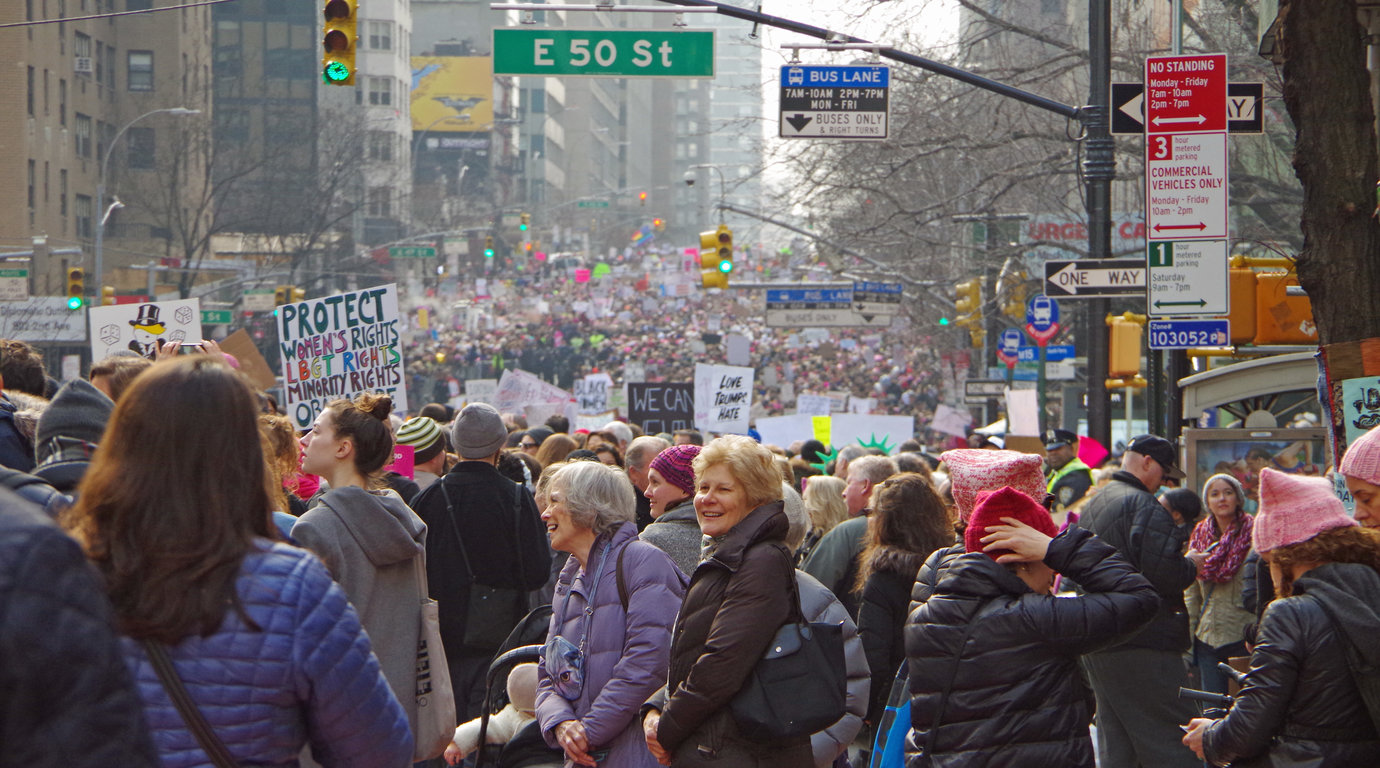
Other groups had numbers below that national rate. Among adult men, the rate was 3.2%. The same was true for adult women. The rate among Whites was also 3.2%. That means the Black rate was 72% higher than the White figure. The number for Asians was 2.6%.
Some groups did less well than the national figure. Hispanic unemployment was 4.2%. The rate among teenagers was 12%. This group is defined as those 16 to 19 years old.
Black unemployment has always been higher than the national average. Several theories suggest why the difference between the black and white jobless rates is so large. None is considered definitive by all experts.
Among the most frequently given reasons for the difference is that “anti-discrimination” laws are not enforced adequately. While this may be true, it has been difficult to identify, for the most part, among specific employers or in specific industries. That makes enforcement on a wide basis almost impossible.
Much easier to show is the gulf in education. According to The National Center for Education Statistics, there were large gaps in reading and math achievement between black and white children in grades 4 and 12. Data was taken in 1992 and 2015, and no significant improvement was seen between the two periods. Education is a marker of both the extent to which people are hired and the level of income for those who are employed.
Some of the differences in the level of math and reading achievement may be based on the sums school districts spend on each student. According to EdBuild, in nonwhite districts, the amount is $11,682. In mostly white districts, the figure is $13,908. The total gap nationwide means “nonwhite school districts receive $23 billion less than white districts, despite serving the same number of students.”
Another major reason for the employment gap is incarceration rates, many experts argue. According to Pew, “In 2017, blacks represented 12% of the U.S. adult population but 33% of the sentenced prison population. Whites accounted for 64% of adults but 30% of prisoners.” That means there were 1,549 prisoners per 100,000 black Americans, compared to 272 per 100,000 whites. The data was based on numbers from federal prisons. The hurdles to employment for people who have been in prison are high.
No single theory or piece of research by itself accounts for the difference in black and white unemployment. However, taken as a body, the research does show that the disadvantages for blacks are extremely substantial compared to whites. This also exists among America’s major cities and a number of congressional districts.
In 20 Years, I Haven’t Seen A Cash Back Card This Good
After two decades of reviewing financial products I haven’t seen anything like this. Credit card companies are at war, handing out free rewards and benefits to win the best customers.
A good cash back card can be worth thousands of dollars a year in free money, not to mention other perks like travel, insurance, and access to fancy lounges.
Our top pick today pays up to 5% cash back, a $200 bonus on top, and $0 annual fee. Click here to apply before they stop offering rewards this generous.
Flywheel Publishing has partnered with CardRatings for our coverage of credit card products. Flywheel Publishing and CardRatings may receive a commission from card issuers.
Thank you for reading! Have some feedback for us?
Contact the 24/7 Wall St. editorial team.




